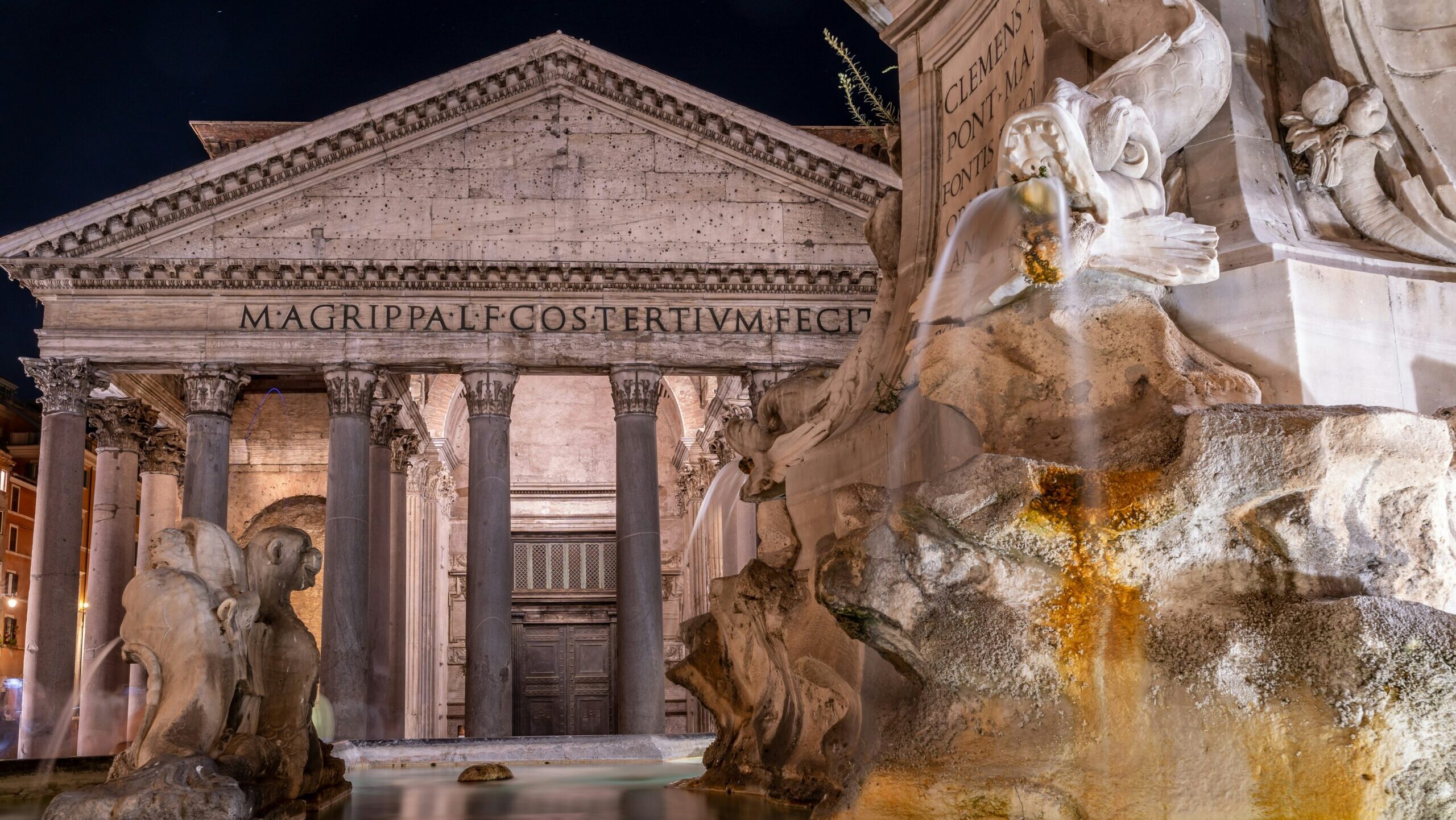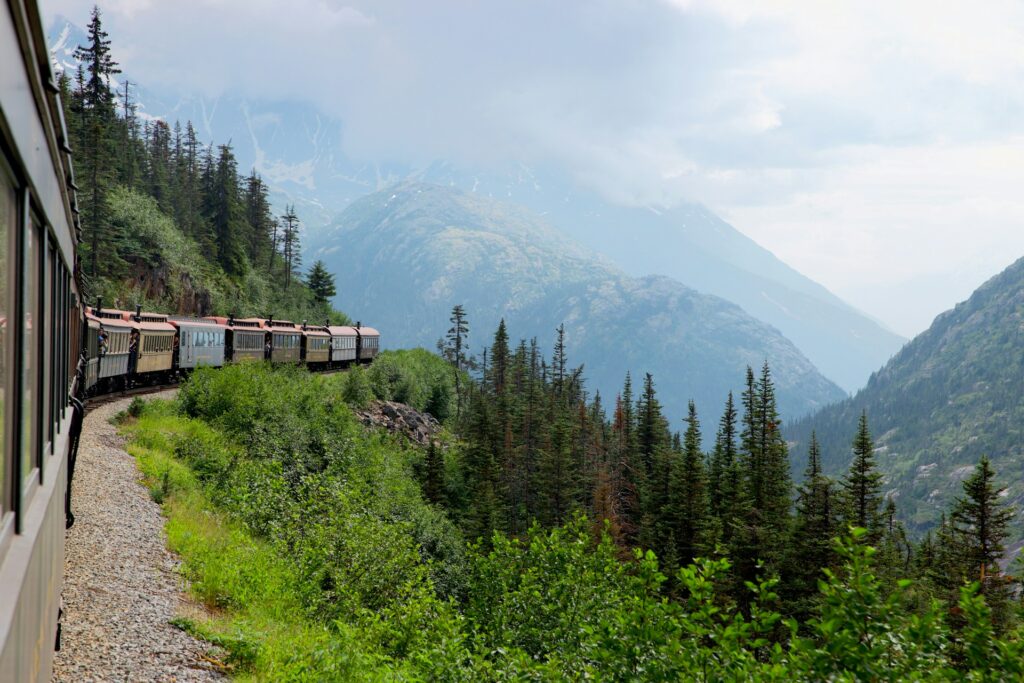Everything You Can Learn About How Rome Was Built, in a Day
Behold Rome, the Eternal City and Italian capital where the past seamlessly intertwines with the present. The architecture of Rome dazzles with iconic landmarks such as the Colosseum, Roman Forum and St. Peter’s Basilica. The streets offer lively piazzas, sumptuous cuisine and a warm Mediterranean ambiance. And around every corner is a story waiting to be told.
To find out more about what you can learn when in Rome, we spoke to Travel Director Lisa. Though she’s lived in Italy for over 20 years, every visit to its capital unveils something new.
For travel inspiration: Italy destination guide
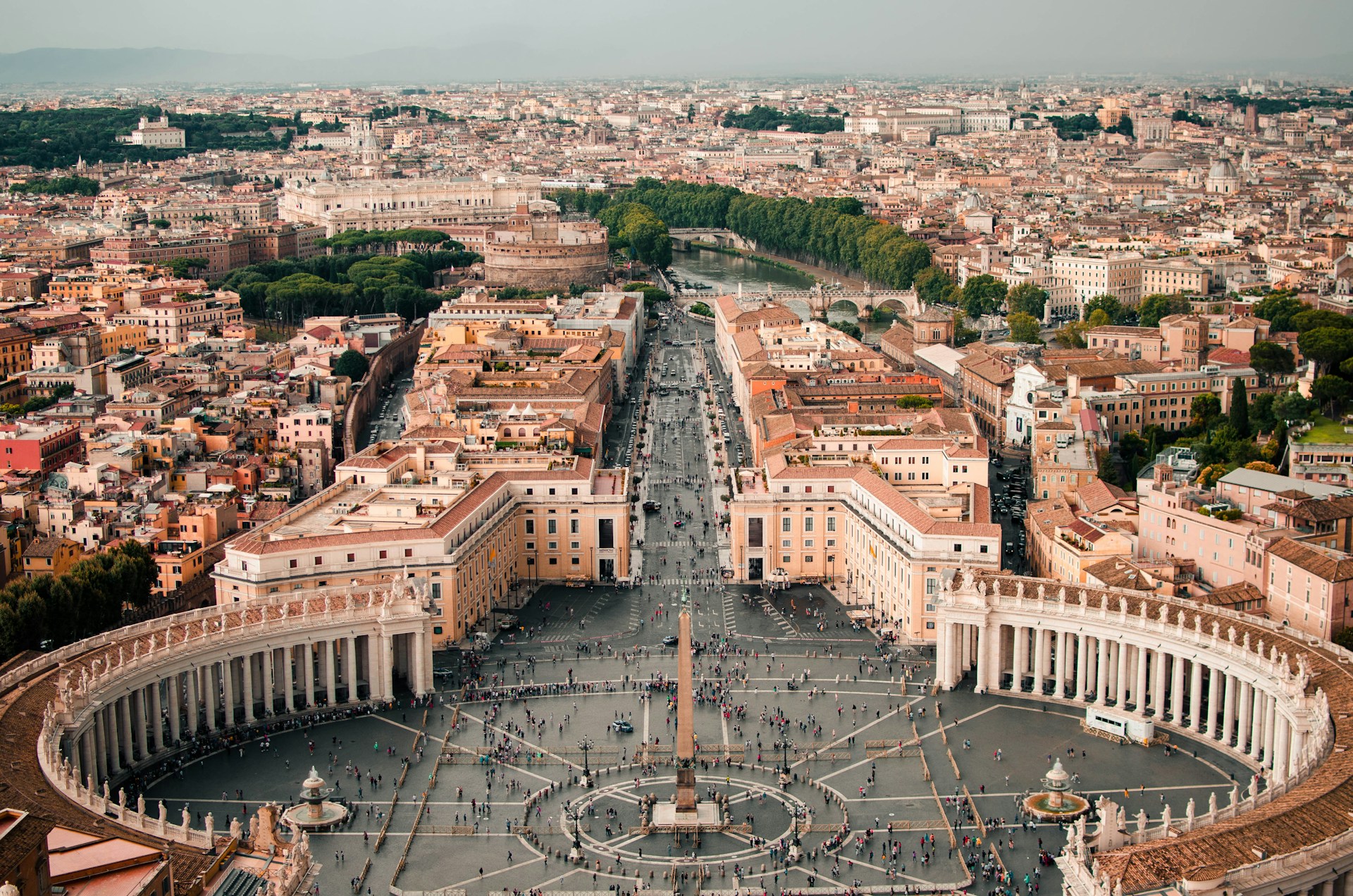
A step back in time
“We’ve all heard so much about Rome, then when you’re actually there it brings it all home,” says Lisa. “The first time you see architecture of Rome – the Pantheon, or the remains of the Colosseum or the Roman Forum – it’s just so impressive.
“This is where everything happened. Even with what little remains from ancient times, you can stand here and imagine all of what you’ve heard of Rome. You can just picture the size and scale of the city in ancient times and visualize a triumphal parade coming down the Via Sacra or a gladiator contest at the Colosseum.
“When exploring the city, you’ll be in a more modern neighborhood, and then you turn the corner and there’s some fragment of ancient Rome just there in the street. The visual reminders of all Rome’s different layers are everywhere.
Two Insight tours on which you can discover Rome: Road to Rome and Italian Intermezzo
Relatable Rome
Traditionally dated to 753 BC, through a combination of diplomatic treaties and military prowess, ancient Rome evolved from a small community into a formidable city-state, expanded its influence and gradually asserting control over neighboring regions. Not always the capital of Italy, it was Florence who held this title before.
At its peak in AD 117, the Roman Empire stood as one of the largest in the ancient world, with an estimated population of 50 to 90 million people, roughly 20% of the global population.
“From a western standpoint, Rome is where it all started, and I think part of our fascination is that it’s so relatable,” explains Lisa. “You can visit the ancient sites of the Aztecs for example and its interesting and amazing, but it does not relate to our lives. Whereas so much about the Romans and their whole civilization resembles our own, and we can actually see elements in today’s modern society.”
“This can be from the architecture of Rome, stadiums for example are almost all modeled after the Colosseum,” she says, “They held cultural and sporting events like us, they built libraries, they schooled their children and their ‘Twleve Tables’ was a blueprint for government in most Western countries.”
You may also enjoy reading: 10 fascinating things you’ll learn on this 10 day Italy tour
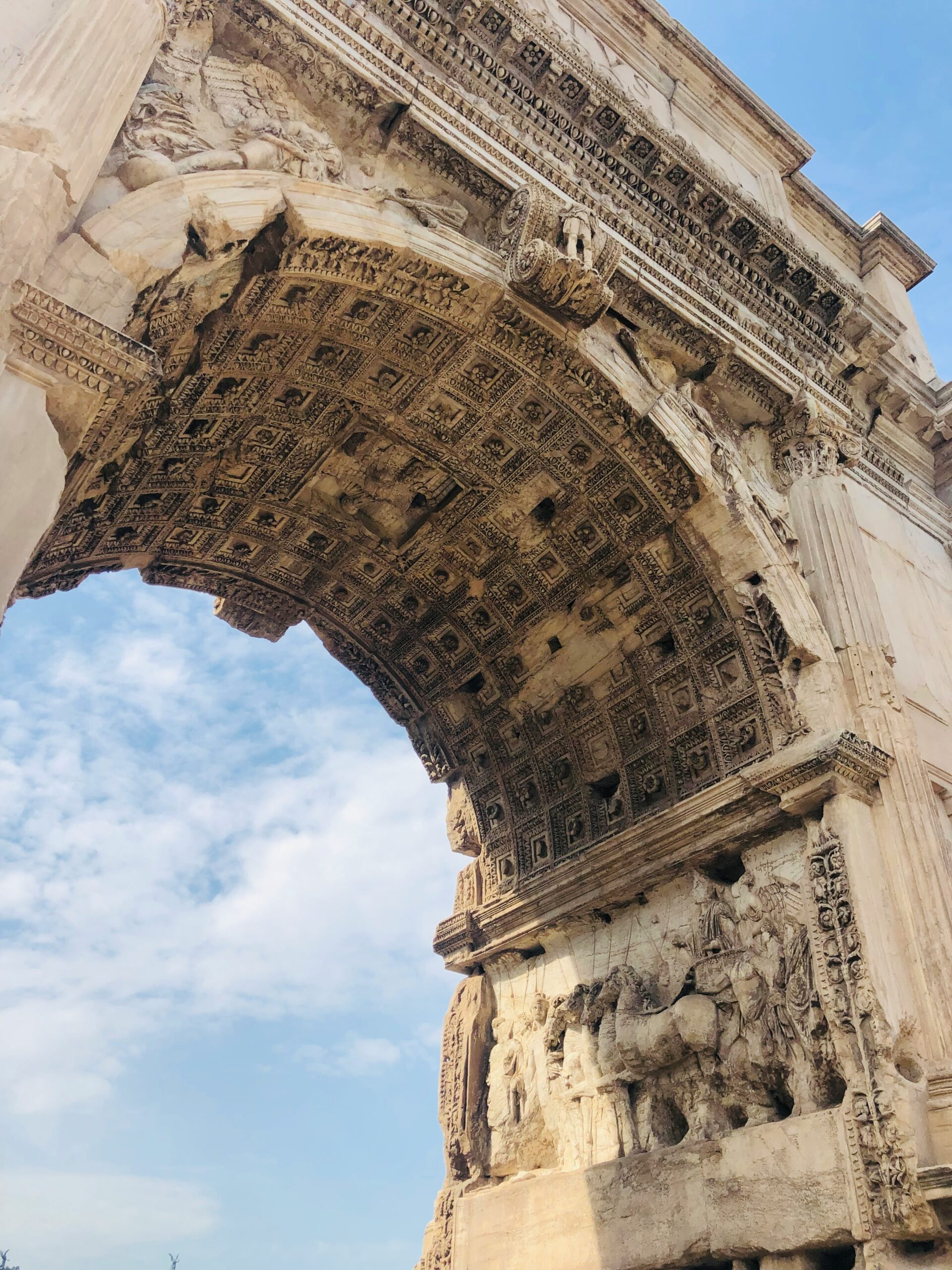
Constructed on a low-lying wetland, the fact the Roman Forum was even built shows the engineering ingenuity of the Romans.
DISCOVER MORE ON
The Roman Forum – everyone’s business
For the opportunity to relive the intricacies of daily life in ancient Rome and walk in the footsteps of everyday Romans, a visit to the Roman Forum is a must.
“When you’re at the Forum, you can really imagine life going on around you,” says Lisa. “The Forum was the place to be. Every single Roman citizen had business here almost every day. Not just a great example of the architecture of Rome, it was the heart of the Roman Empire.
“The Romans had a complex social hierarchy, so the classes didn’t always mix. The Colosseum for example was designed so that the proletariat, the knights and the senators could never mix. People were funneled through the entrances according to their class. But they also recognized that in a society like theirs, to install the civic pride and to keep the whole Roman Empire feeling afloat, people had to congregate and meet, and the Forum was a solution for that.
“Everybody was found there – workers, criminals, senators, prostitutes – going about their daily life. It was where they went to shop, listen to speeches, vote and to gather and read the news on stone tablets. You can still see today the game boards carved in big flat rocks.”
Explore Rome at your chosen pace on: Best of Italy and Easy Pace Italy
So much to be learned from fragments
“The important structures that still remain at the Forum are amazing, but sometimes I think it’s the small fragments that show us more about everyday life,” says Lisa.
“For example, in the Forum’s Basilica Aemilia, you can easily imagine the panic during the Sack of Rome in 410 AD, through the images of coins you can see melted into the floor. A treasury at that time, these were believed to have fallen from people’s pockets during the panic and melted into the marble by the fire. Its these little stories you can find in the fragments are often most interesting.”
The sack of Rome on 24 August 410 AD by the Visigoths led by their king, Alaric, was the first time in almost 800 years that Rome had fallen to a foreign enemy, and was a major shock to contemporaries, friends and foes of the Empire alike. Though at that time no longer the capital of the Western Roman Empire, Rome still retained a paramount position as “the eternal city” and a spiritual center of the Empire.
Bookmark for later: From Rome to New York, 9 destinations to visit if you’re an Audrey Hepburn fan
Save up to $3,000* per couple on your first Premium Tour
Plus receive latest offers, travel inspiration, and discover how your travels will make a positive impact. Together, WE MAKE TRAVEL MATTER®. Subscribe NowThe clues are often in the background
“If you look carefully in the background of the freezes and marble reliefs found in the Forum and other ancient buildings, you can actually see what the Roman Forum looked like back in the day, a window into the architecture of Rome” Lisa explains.
“Other details ancient marble reliefs show includes things like how they dressed and how they wore a toga, which is actually very complicated! We know so much about their attire from these fragments – such that only the emperor wore purple, and if you were a senator, you got a wide purple stripe and if you were in an equestrian, a narrow purple stripe. There’s so much we can learn, and sometimes it’s the smallest things that make it so relatable.”
You may be interested to read: The curious traveler’s guide to visiting Italy in the springtime
Imperial propaganda – The Trajan Reliefs
“Two of the most interesting marble reliefs to be found in the Forum show that even emperors needed to foster public goodwill and support. The first shows the emperor seated on a podium together with a personification of “Italia” with a child in her arms, clearly referring to the emperor instituting the “Alimenta” – a charitable program for orphans.
The other, shows the burning of tax records in the presence of the emperor. He’s obviously offering debt relief or a fiscal pardon of some kind to the Roman people and most likely his friends.”
If artifacts are your thing: Secrets in the sand: the thrill of uncovering Egyptian artifacts
At its peak, 20% of the world’s citizens were considered part of the Roman Empire
The Pantheon – iconic architecture of Rome
While there is so much to learn from the small elements you will find in the Eternal City, the major structures of the architecture of Rome are more than impressive, with so much to share about its past.
“Everything about Rome is about their amazing engineering and architectural prowess, and the Pantheon and the Colosseum are without a doubt the two most iconic monuments of the Roman Empire,” says Lisa. “But the Pantheon really brings it all home. It was Michelangelo that said it was built by angels. There’s a real amazing harmony to the whole building.
“A simple scientific design, impressive and elegant, everything has its exact sizes. The dome is still the largest unsupported dome in the world, and for around 1300 years it was the largest in the world. That’s an impressive engineering feat from around 2000 years ago. You could fit a giant ball up there, it’s a perfect sphere.”
The Pantheon is one of the best-preserved monuments of ancient Rome, completed around 126-128 A.D. Its dome inspired the domes of the Florence Cathedral, St. Peter’s Basilica, and even the United States Capitol Building.
If you are inspired by architecture you should also read: From Islamic to art deco: A rich history of Moroccan architecture
The Colosseum
“I think the first thing that hits people about the Colosseum is the structure and the architecture, says Lisa. “Everything about it’s amazing. And it’s supposed to amaze you. It was built as a political tool, as propaganda, like some of the big churches for the people in the Middle Ages. But it is no less marvelous for that.”
A lasting legacy of the architecture of Rome, it is widely recognized that without the planning, construction and techniques used for Roman Colosseum, we would not have some of the famous stadiums and amphitheaters that exist today.
“As well as supporting this immense structure, all of the arches are symbolic,” Lisa explains. “They were meant to represent all the triumphs of Rome. However, I don’t think you have to know the history of Rome to understand that this is such an iconic monument and a symbol of the glory of the Roman Empire.”
We think you will enjoy: The unknown icons of travel you’ve never heard of, but should have
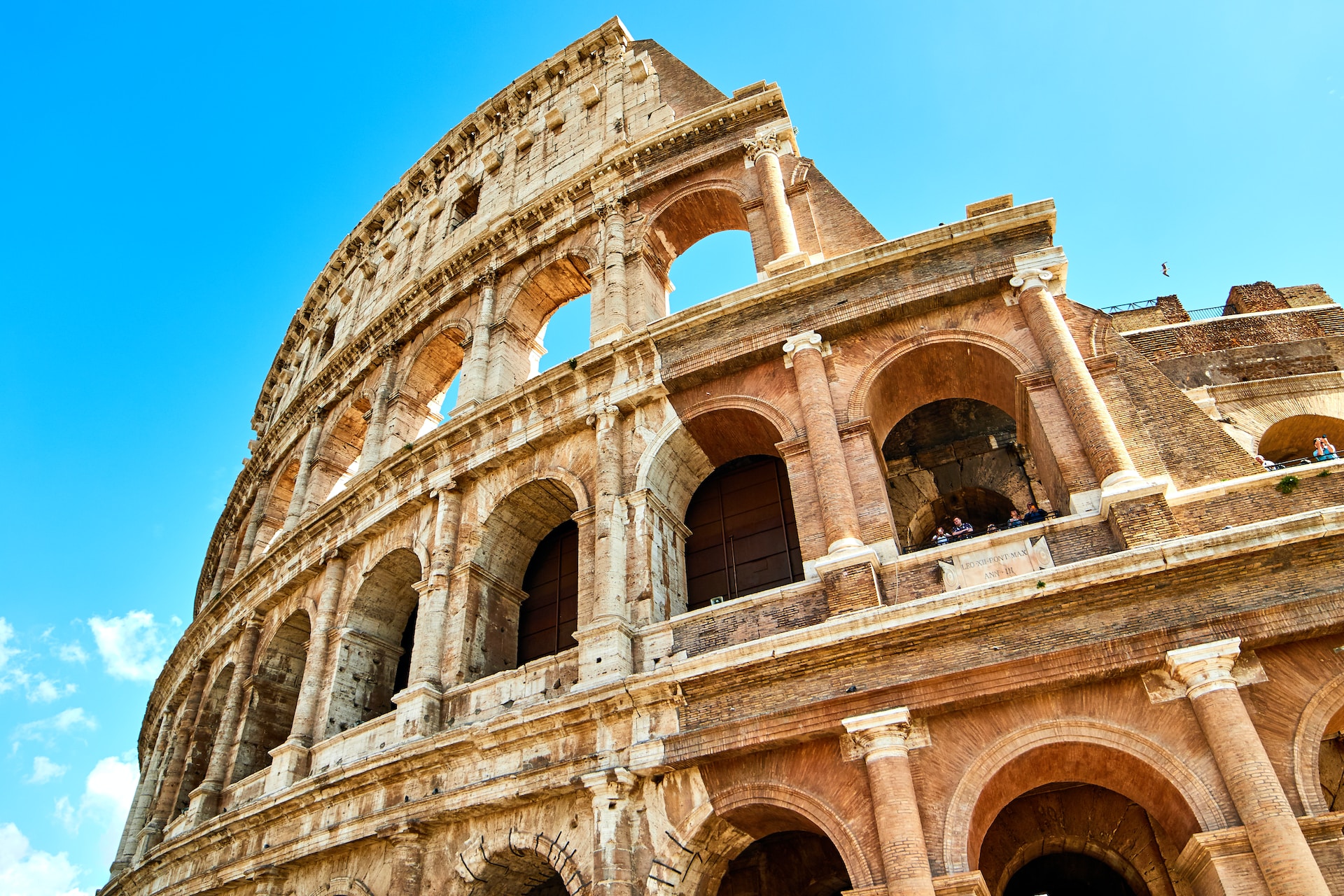
Each of the colosseum’s three levels have 80 arches. Guiding citizens to their seats the roman numerals are still visible in places today.
Even the grooves in the famous stadium tell a story
“There is so much to learn from the Colosseum,” says Lisa. “With a guide you can go down to the hypogeum. This was an underground structure of tunnels and closures where animals and props were kept until their time in the arena arrived. They had a complex and sophisticated system of winches and lifts which brought the wild animals up to the arena level.”
Though it seems like a thing of the past, various elements of gladiatorial games are readily apparent in modern sports such as football, hockey, boxing and wrestling. Participants wear protective gear, employ specialized equipment, draw large audiences and frequently achieve popularity and financial success.
“An expert eye can point out details such as notches and grooves in the brickwork that were worn down by the winches, raising and lowering of the animal cages. You can actually see where these were in play, and just picture the sophistication of the Roman mechanics, plus the brutality of the gladiator arena.
“At one time this was actually a huge complex in the architecture of Rome. It wasn’t just the Colosseum. They also had the gladiator’s school, a Spoliarium where the fallen were prepared for burial and a training ground to prepare to fight wild animals. There was so much more than we see today.”
To help you plan your next vacation: My 2024 Travel Resolutions, by Sustainability Expert Shannon Guihan
Accessible history – walk in the footsteps of historical greats
“The beauty of history in Rome is that it is so accessible,” says Lisa. “You’re literally walking in the footsteps of the emperors and some of the most important people from Roman times.
“You can go to the villas on the Palatine Hill, ancient Rome’s most desirable location and see where the Emperor Augustus and his wife Livia lived in the first century BC. That blows me away every time. Their taste in decorating is still visible by the amazingly well-preserved frescoes and details like pools. So you ask yourself, did they actually swim in the pools and was it like today with the kids splashing and the women swimming around trying to keep their hair dry?
“There’s a lot of little clues that give us that insight into everyday life that I think really brings it home for people. You can learn so much and also really let your imagination go.”
To discover Rome for yourself take a look at our collection of premium guided tours. Why not let Insightful Travel Trivia further inspire your travels – with a new feature destination each week, play 5 questions to win travel prizes.
LIKED THIS POST? SHARE WITH YOUR COMMUNITY
